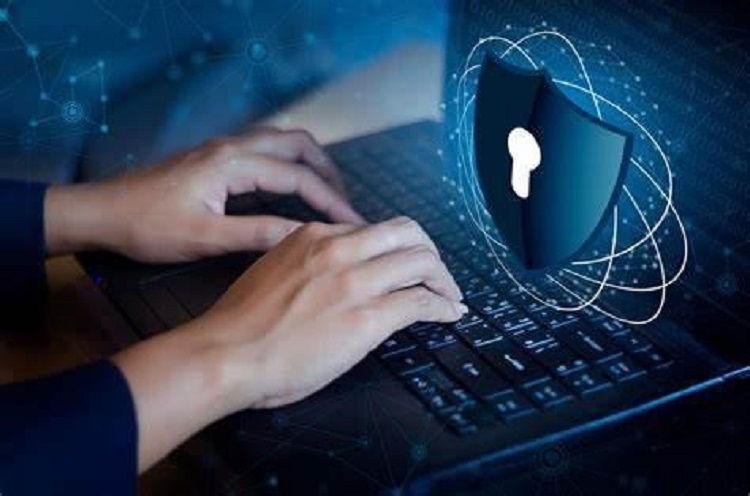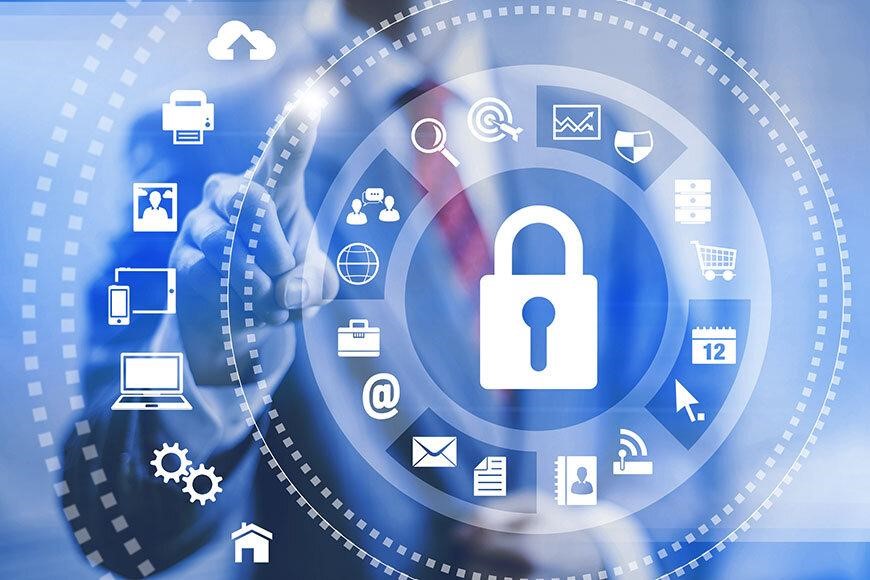
When your people work from living rooms or coffee shops, the office firewall can’t protect them. As the HR or Operations leader, you set the rules that keep remote work safe. Clear guidelines, backed by easy-to-use tools, let everyone stay productive without inviting new risks. The steps below turn technical safeguards into plain actions you can share with every employee—no matter where today’s “office” happens to be. Revisit them each quarter and you’ll keep auditors, executives, and staff morale on your side.
Securing Home Wi-Fi Networks
Every secure connection starts at the router, yet most homes still run “set-it-and-forget-it” defaults. Remind staff that a poorly configured router is like leaving the front door cracked open. Give them this one-page checklist:
- Change the default admin password to a long, unique passphrase.
- Enable WPA3—or at least WPA2—encryption so traffic isn’t readable from the curb. Read more on this page.
- Turn on automatic firmware updates or set a calendar ping for monthly checks.
- Create a guest network for family devices, smart TVs, and IoT gadgets.
- Move the router away from street-facing windows to shrink the wireless footprint.
Close the section with a reminder that home Wi-Fi risks don’t end with setup. Ask employees to glance at connected-device lists once a month and to unplug unused smart gear during extended travel. Your network monitoring platform can still flag unusual spikes, but prevention at the edge always costs less than response after a breach.
Which VPN Policy Works Best?
A virtual private network is still the quickest way to extend the company perimeter, but one size rarely fits all. Map policies to risk, not job title. Anyone handling payroll, customer records, or legal documents should run an always-on tunnel that encrypts every packet—even casual web browsing. Staff who mostly use collaboration tools can begin in split-tunnel mode, switching to full encryption only when they open sensitive apps. The balance saves bandwidth, speeds up video calls, and reduces help-desk tickets.
Protect every login with multi-factor authentication and rotate client certificates twice a year. In your policy handbook, remind everyone that Atlanta Cybersecurity threats shift fast; your rules will, too. A seasoned cybersecurity consulting partner can automate these pushes, letting you focus on culture rather than configuration.
Device-Hardening Checklist
Supply each hire a laptop that arrives “clean” but already locked down. Make sure it includes:
- Endpoint protection with real-time malware scanning and automatic quarantine.
- Full-disk encryption that turns on at first boot, keeping stolen drives unreadable.
- USB port control to block unknown storage sticks or charging cables that hide bad firmware.
- Patch management tied into your IT support Atlanta ticketing flow so updates install after hours.
- Remote-wipe capability for the day a device never makes it back home.
Cover smartphones as well if staff use them for two-factor codes or company email. Spot-check compliance through your MDM dashboard during monthly audits, giving regulators proof that data protection is more than a slogan.
Training Remote Staff on Phishing

Even the strongest firewall fails when someone clicks a poisoned link. Keep lessons brief, frequent, and friendly. Five-minute micro-learning clips beat a single marathon lecture because they stick. After each clip, run a simulated phishing round, share anonymized stats, and celebrate anyone who spotted every lure. When someone falls for a fake invoice, treat it as a learning moment rather than public shaming; a positive culture makes people speak up sooner. Tie each lesson to a real attack from the past month so employees see that tactics evolve weekly—and that your managed IT services team is tracking them in real time.
Check https://www.merriam-webster.com/dictionary/phishing to know more.
Incident Reporting Made Easy
Turn “Uh-oh” moments into quick resolutions by giving staff a bullet-proof pathway:
- Three reporting channels: a hotline that rings your SOC, a simple email like security@yourcompany, and a single-tap button inside the service-desk portal (desktop and mobile).
- Automatic ticket capture: each alert logs the user, timestamp, and context without extra forms, reducing friction when nerves are high.
- Response-time promises: publish a 15-minute human reply goal for high-severity cases and review performance in quarterly retros.
- SIEM integration: feed alerts into your cloud platform so analysts see logs in context and can jump straight to remediation.
- Feedback loop: send a quick “thanks—here’s what we fixed” note to the reporter; it proves the system works and encourages future vigilance.
Add a short reminder that false alarms are welcome—silence is the real enemy. By normalizing rapid reporting, you shrink damage windows and strengthen long-term resilience without adding layers of bureaucracy.
Remote work is here to stay, but security panic doesn’t have to move in with it. Give teams straightforward safeguards, back them with trusted experts, and every kitchen table becomes a branch office ready for audits, clients, and growth. Keep these practices fresh, revisit them often, and your people will stay focused on results rather than risks.